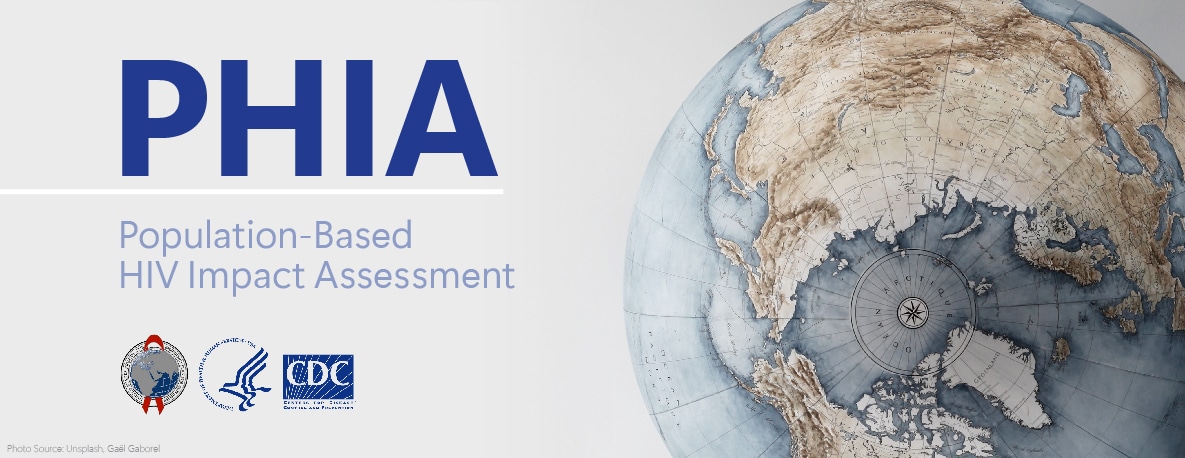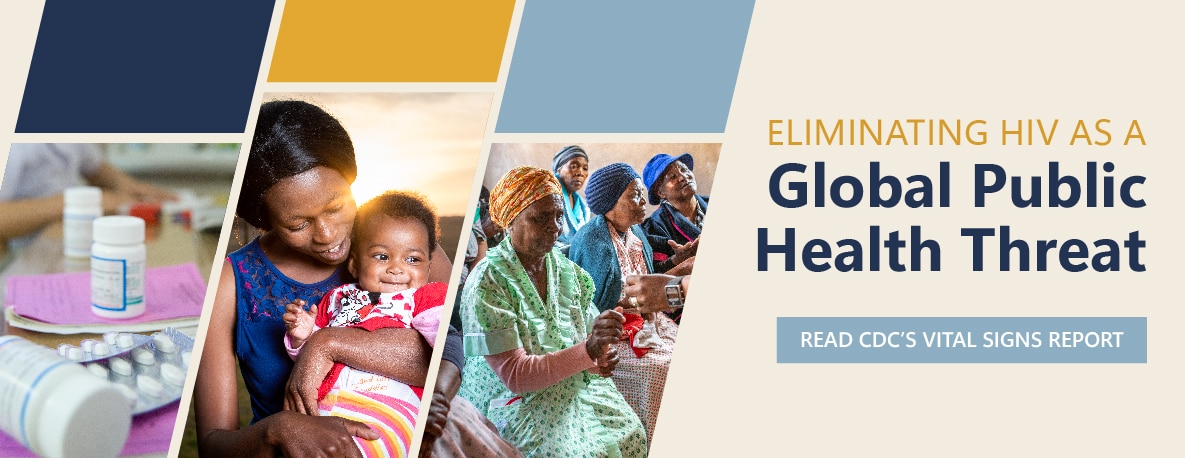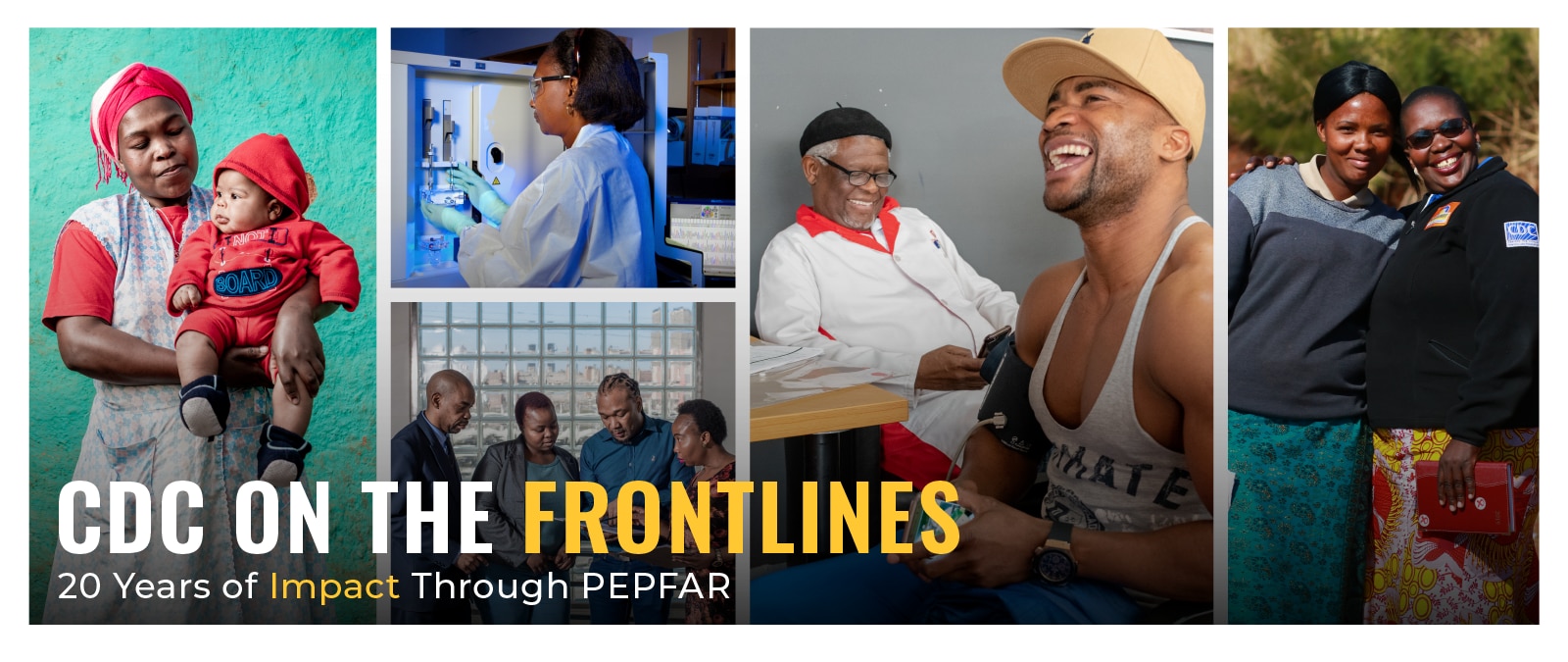Senegal Country Profile

Senegal Country Profile
Discover more about CDC’s work in Senegal by viewing our detailed country profile
Country Overview
CDC’s work in Senegal dates to 2001 when CDC began supporting the country’s HIV/Sexually Transmitted Infection sentinel surveillance program. Since 2010, CDC has also supported the Ministry of Health’s HIV/AIDS control efforts. CDC works with the Ministry to strengthen its national HIV surveillance system for data collection on key populations–including men who have sex with men, people who inject drugs, and sex workers – who are at greater risk for HIV infection, and to improve the quality of data for preventing mother-to-child transmission of HIV and on-site HIV rapid testing.
Per Capita GNI
$1,640
(2022)
Population (million)
17.31
(2022)
Under 5 Mortality
38.6/1,000 Live Births
(2021)
Life Expectancy
67 Years
(2021)
Estimated HIV Prevalence
0.3%
(Ages 15-49): (2022)
Estimated AIDS Deaths
Less than 1,000
(Age≥15) (2022)
TB Treatment Success Rate
89%
(2020)
Estimated TB Incidence
113/100,000
(2021)
Estimated Orphans Due to AIDS
36,000
(2022)
TB patients with known HIV-status who are HIV-positive
4%
(2021)
Reported Number Receiving Antiretroviral Therapy (ART)
31,882
(Age≥15) (2022)

Tracking PEPFAR Impact Toward Global Targets
The U.S. Centers for Disease Control and Prevention (CDC) works with partners including host countries, local implementing partners, faith-based organizations, and other community-based organizations to measure progress towards HIV epidemic control in countries supported by the U.S. President’s Emergency Plan for AIDS Relief (PEPFAR).

Vital Signs: Global HIV Communications Toolkit
In 2003, the U.S. President’s Emergency Plan for AIDS Relief, or PEPFAR, was announced. When it was launched, PEPFAR became the largest commitment by any nation to address a single disease in history. At the time, HIV was a global crisis, devastating families, communities, and economies worldwide—particularly in sub-Saharan African countries.

CDC On the Frontlines
Over the past 20 years, the U.S. President’s Emergency Plan for AIDS Relief (PEPFAR) has saved millions of lives as a leader in the global response to two of the world’s deadliest infectious diseases – HIV and TB. As a key implementing agency of the U.S. President’s Emergency Plan for AIDS Relief (PEPFAR), CDC is at the forefront of these global efforts to treat and prevent these diseases.